Marvel of The Unfinished Obelisk, Aswan
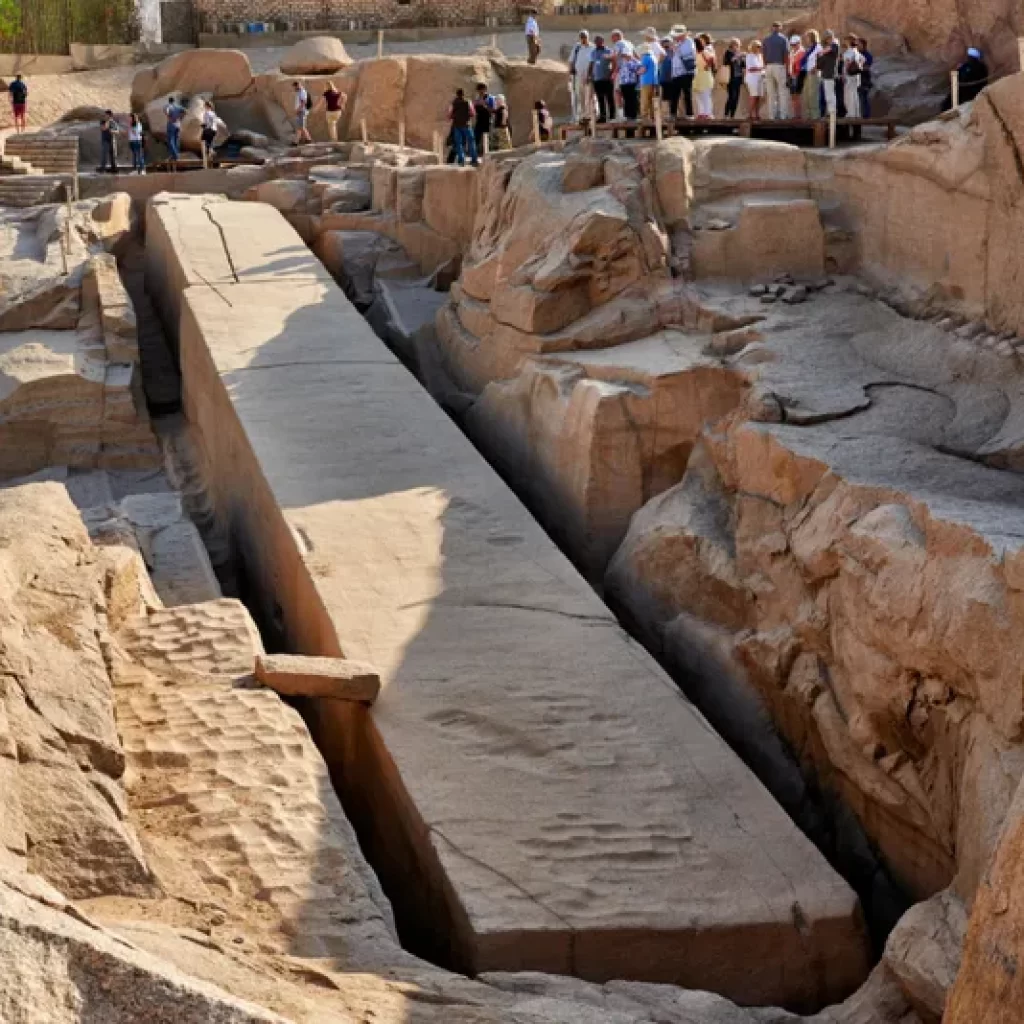
Table of Contents
- Introduction
- Historical Background
- Discovery and Excavation
- The Granite Quarry of Aswan
- Construction Techniques
- Reasons for Abandonment
- Significance in Ancient Egyptian Culture
- Tourist Attraction
- Preservation Efforts
- Modern Research and Findings
- Conclusion
- FAQs
Introduction
The Unfinished Obelisk in Aswan, Egypt, is a remarkable artifact from ancient history that provides unique insights into the techniques and ambitions of ancient Egyptian stone masons. This massive stone, had it been completed, would have been the largest obelisk ever erected, showcasing the grandeur of Egyptian architecture. Its story, however, lies not just in its incompletion, but in the details of its creation, abandonment, and the historical narratives it unveils.
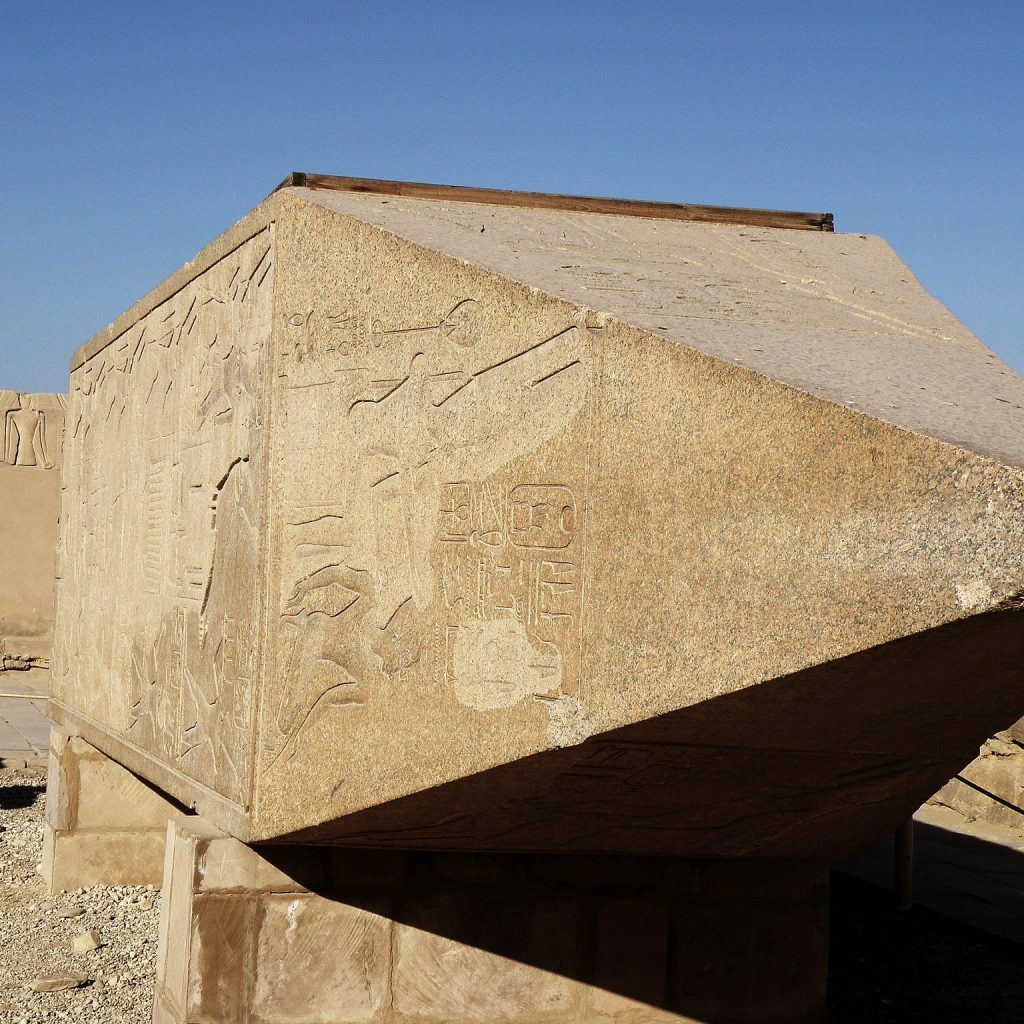
1. Historical Background
The Unfinished Obelisk dates back to the reign of Queen Hatshepsut (1508–1458 BC) in the New Kingdom of Ancient Egypt. It was intended to complement other monumental obelisks she had commissioned. This era was marked by grand architectural projects and the flourishing of Egyptian art and culture.
2. Discovery and Excavation
The Unfinished Obelisk was discovered in the northern region of the granite quarries of Aswan, an area renowned for its high-quality stone. It was first brought to modern attention in the 19th century by European explorers. Subsequent excavations revealed its immense size and the sophisticated techniques used by the ancient Egyptians.
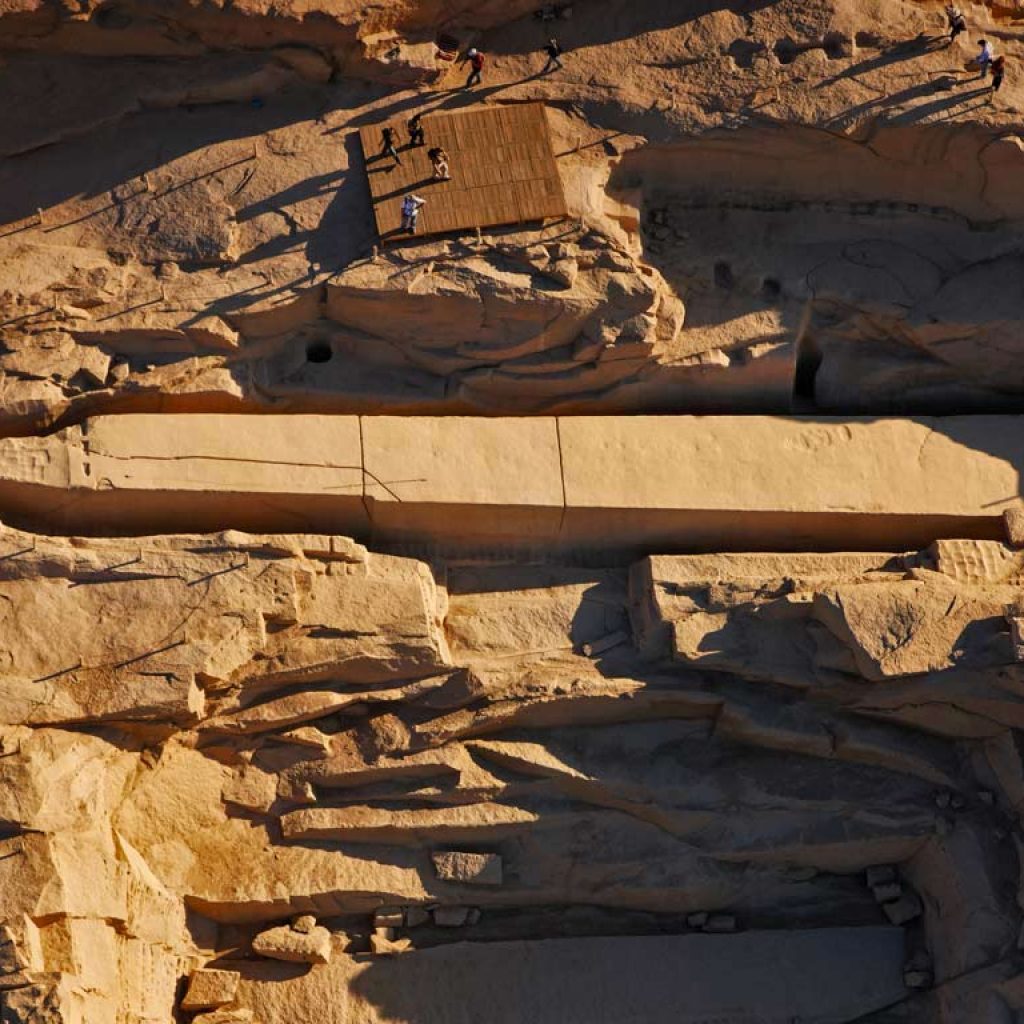
3. The Granite Quarry of Aswan
Aswan’s granite quarries were the primary source of stone for many of Egypt’s iconic monuments, including pyramids and temples. The quarries provided a durable material that was ideal for creating lasting structures and inscriptions. The location of the Unfinished Obelisk in this quarry indicates the scale of the projects undertaken during the New Kingdom period.
4. Construction Techniques
The methods employed by the ancient Egyptians to carve the Unfinished Obelisk are a testament to their engineering prowess. Workers used dolerite balls to pound the granite, a labor-intensive process that required precision and coordination. Channels were carved around the obelisk to separate it from the bedrock, showcasing advanced knowledge of stone cutting.
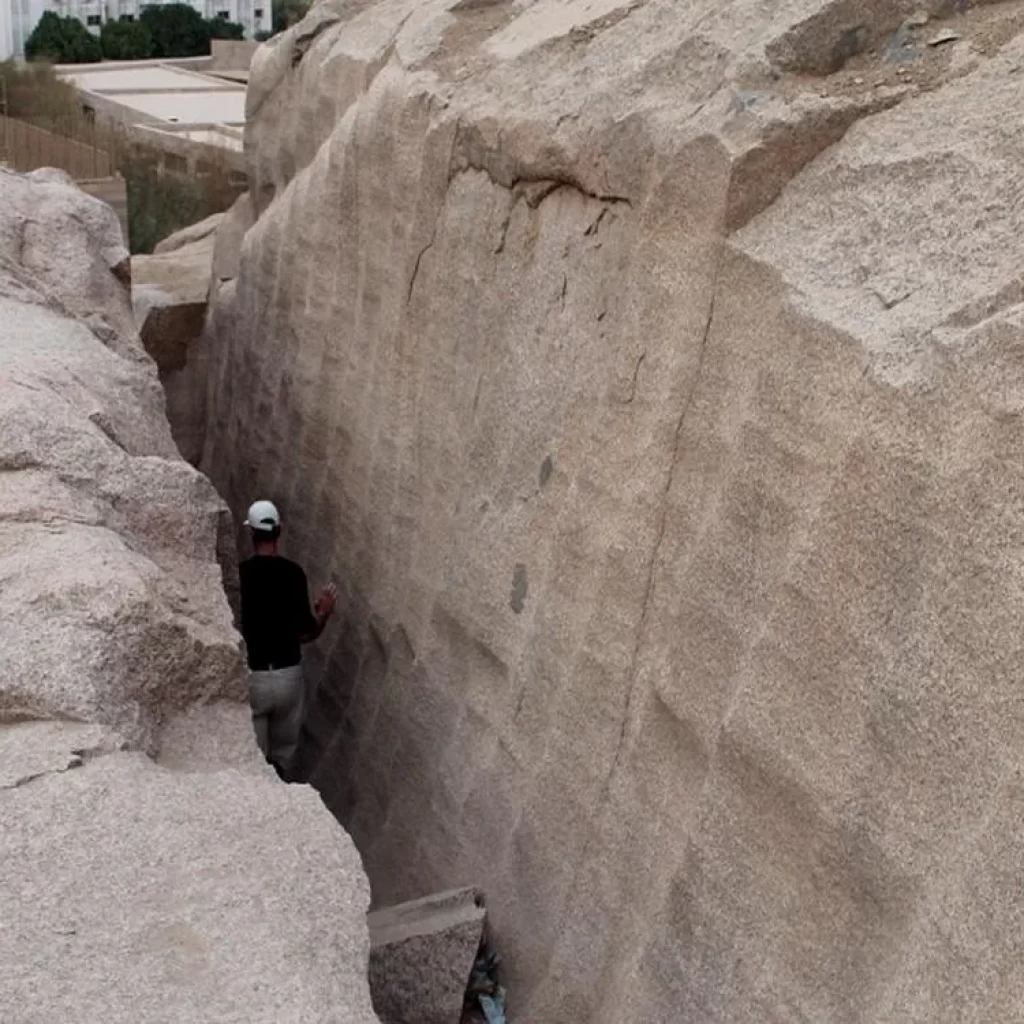
5. Reasons for Abandonment
The Unfinished Obelisk was abandoned due to a critical flaw: a large crack appeared in the granite. This imperfection rendered the stone unusable, leading to the project’s cessation. The crack is still visible today, serving as a reminder of the challenges faced by ancient builders.
6. Significance in Ancient Egyptian Culture
Obelisks were symbols of the sun god Ra and were often erected in pairs at temple entrances. They represented rays of sunlight and were believed to confer divine protection. The Unfinished Obelisk, despite its incomplete state, embodies the spiritual and cultural significance attributed to these monuments.
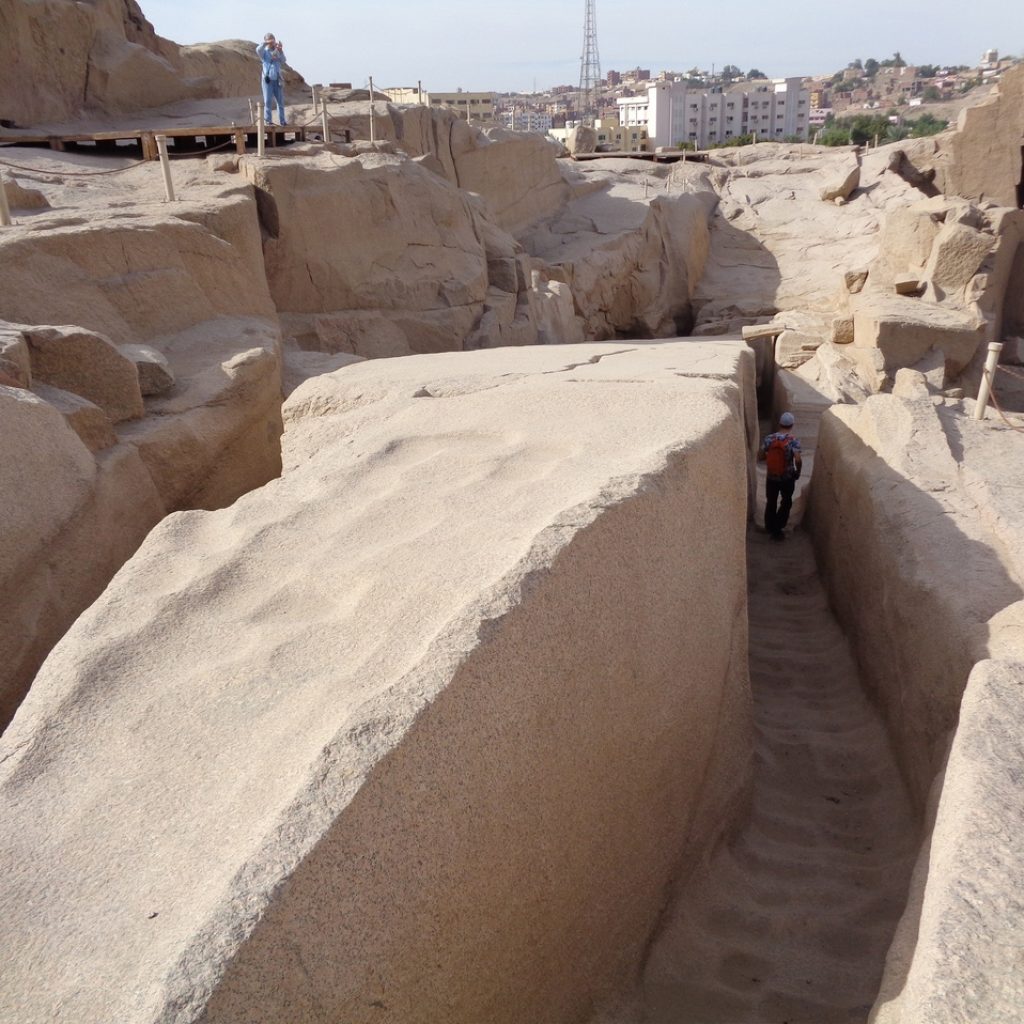
7. Tourist Attraction
Today, the Unfinished Obelisk is a popular tourist destination in Aswan. Visitors can explore the site and gain insights into ancient Egyptian quarrying techniques and the scale of their architectural ambitions. The obelisk offers a tangible connection to the past and the ingenuity of ancient craftsmen.
8. Preservation Efforts
Preserving the Unfinished Obelisk involves protecting it from environmental degradation and human damage. Efforts include controlling visitor access and implementing measures to prevent erosion and weathering. These initiatives ensure that future generations can continue to appreciate this historical artifact.
9. Modern Research and Findings
Recent studies have used advanced technologies such as 3D modeling and ground-penetrating radar to better understand the Unfinished Obelisk and the quarrying methods used. These findings have provided new insights into the scale of ancient Egyptian engineering projects and their impact on the landscape.
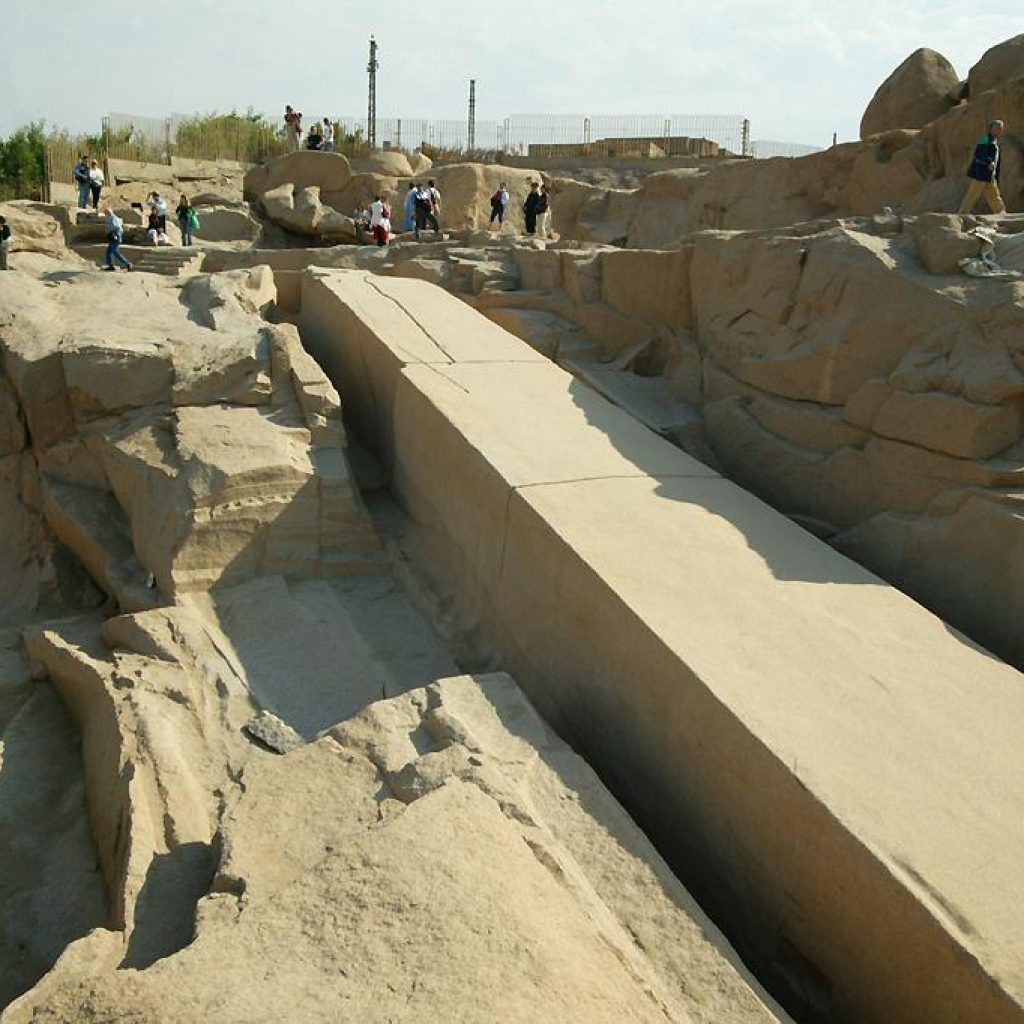
10. Conclusion
The Unfinished Obelisk in Aswan The Unfinished Obelisk in Aswan stands as a testament to the ambition and skill of ancient Egyptian builders. This massive stone, intended to be the largest obelisk ever erected, reflects the grand architectural vision of the New Kingdom period. Despite its incomplete state, the obelisk offers a unique window into the challenges and processes of ancient construction. The visible crack, which led to its abandonment, reveals the meticulous and labour-intensive methods employed by the Egyptians and underscores the risks inherent in their monumental projects.
FAQs
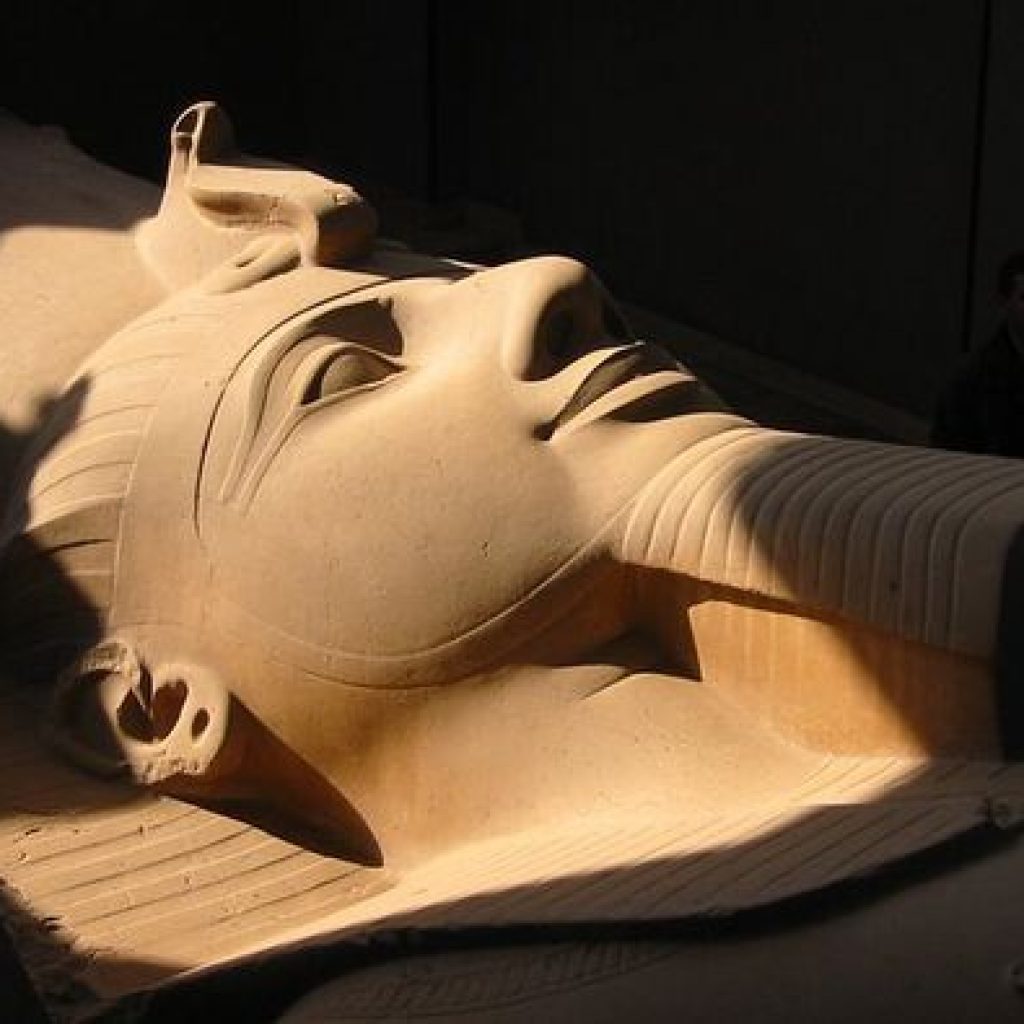
1. What is the Unfinished Obelisk in Aswan?
The Obelisk is a massive ancient Egyptian obelisk that was abandoned due to a crack in the granite during its construction.
2. How large is the Unfinished Obelisk?
If completed, the Obelisk would have been around 42 meters tall and weighed approximately 1,200 tons.
3. Why was Obelisk abandoned?
The obelisk was abandoned because a significant crack appeared in the granite, making it unsuitable for completion.
4. Who commissioned the Obelisk?
The Obelisk is believed to have been commissioned by Queen Hatshepsut during the New Kingdom period of ancient Egypt.
5. Where is the Obelisk located?
The Obelisk is located in the northern region of the granite quarries in Aswan, Egypt.
6. What techniques were used to carve the Obelisk?
Ancient Egyptians used dolerite balls to pound and carve the granite, employing advanced stone-cutting techniques for the time.
7. Can visitors see the Obelisk today?
Yes, the Obelisk is a popular tourist attraction in Aswan, where visitors can observe the site and learn about ancient Egyptian quarrying methods.
The Unfinished Obelisk in Aswan is a striking testament to the ambition and craftsmanship of ancient Egyptian builders. Intended to be the largest obelisk ever constructed, its massive size and intricate details reveal the grandeur of Egyptian architectural plans. Although the obelisk remains incomplete due to a significant crack in the granite, it provides a rare glimpse into the complexities and techniques of ancient construction. This unfinished monument showcases the advanced methods used by ancient craftsmen, including the use of dolerite balls to carve the granite, and highlights the challenges they faced during the monumental building process.
Today, the Unfinished Obelisk serves as both a historical artifact and a popular tourist attraction. It captivates visitors with its scale and the intriguing story behind its abandonment. Aswan’s obelisk continues to educate people about Egypt’s rich cultural heritage, offering insights into the ambitious projects of ancient Egypt and the engineering prowess of its builders. Preservation efforts are crucial in maintaining this iconic site, ensuring that it remains a bridge to the past and a source of inspiration for future generations. The Unfinished Obelisk stands as a powerful reminder of Egypt’s historical and cultural legacy.





Comment (0)